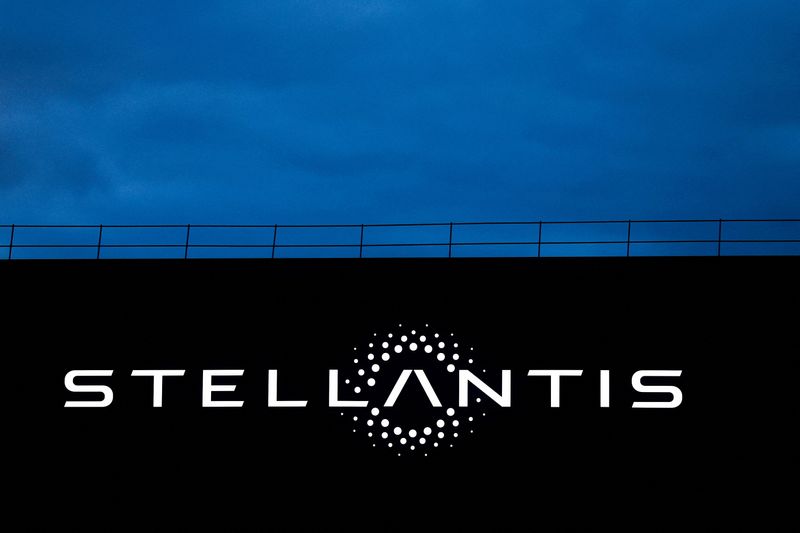By Giuseppe Fonte and Giulio Piovaccari
ROME (Reuters) -Fiat parent Stellantis and the Italian government agreed on Monday to aim to increase annual automotive production in Italy to one million units, reversing a downward trend seen in recent years.
Stellantis, Italy's sole large automaker, produced fewer than 700,000 vehicles in the country both last year and in 2021, as it was hit by a global shortage of microchips and other components.
As a first fruit of this effort, the Franco-Italian group said in a statement it had plans to introduce future production of a fifth model at its Melfi plant in southern Italy.
Stellantis CEO Carlos Tavares had met Italy's Industry Minister Adolfo Urso in Rome earlier on Monday and they agreed on the need to boost vehicle output in the country, home to other Stellantis brands including Alfa Romeo and Maserati.
Urso said in a separate statement that his ministry and the automaker aimed to sign a deal by the end of this month.
According to the FIM-CISL union, Stellantis output in Italy will likely rise to around 800,000 units this year. Fiat Chrysler, which merged with France's PSA in early 2021 to create Stellantis, last produced over one million vehicles in Italy back in 2017.
"I'm confident that ... we will create the condition to first reverse the downward trend in production volumes in the two coming years and then build together the roadmap to produce one million vehicles in Italy," Tavares said.
The plan would take several factors into account, including market forecasts, vehicle affordability, impact of Euro 7 emissions regulation and incentives to support Italy's competitiveness such as on energy costs, the group said.

Tavares last week said "high cost" countries, such us France or Italy, could only be home for high value cars, to balance affordability for customers and profitability for the company.
Stellantis has around 45,000 employees in Italy, while according to lobby group ANFIA, the whole automotive industry employs over 270,000 people in the country, directly and indirectly. It accounts for over 5% of Italian GDP.